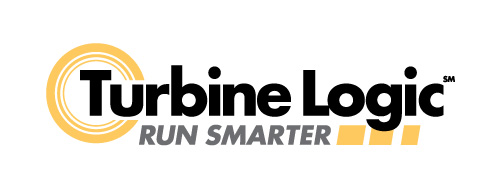This week’s blog continues to cover ETN Global’s recently published a new report, entitled “ETN Hydrogen Gas Turbines – The Path Towards a Zero-Carbon Gas Turbine.” The main objectives of this report is to highlight potential benefits and challenges on the hydrogen uses in gas turbines. The report also assesses pre-conditions to the implementation of a hydrogen power plant, requirements for retrofit of existing gas turbines, and current capabilities of gas turbines burning hydrogen. We will take a detailed look into Chapter 4:
01. Advantages of Hydrogen Gas Turbines
02. Pre-Conditions of a Hydrogen Power Plant
03. Hydrogen Combustion
04. Retrofit of Existing Gas Turbines
05. Current Capabilities of Gas Turbines Burning Hydrogen
04. Retrofit of Existing Gas Turbines
In this chapter, ETN discusses a requirements for research on safe and economically effective transition of existing gas turbines to a hydrogen contained fuel system. Detailed considerations are additionally addressed in terms of fuel flexibility, plant performance and operation flexibility, lifetime of hot gas path parts, and other requirements for retrofit packages.
ETN provides a general guideline to consider based on cases with different levels of hydrogen:
- Low levels of hydrogen mixed with natural gas, in the range of 0-10% vol., does not require any modifications to materials, design and control, and protection.
- Medium levels of hydrogen mixed with natural gas, in the range of 10-30% vol., does not require major changes to materials, design and control, and protection.
- High levels of hydrogen, in the range of 30-100% vol., suggest the maximum hydrogen fuel capability with fuel delivery, combustion module, control and protection retrofit.
General Fuel Preparation Considerations
When using hydrogen as fuel, it is of utmost importance to take into consideration the delivery pressure and temperature in order to avoid embrittlement in the pipelines and other auxiliaries.
Existing piping and gas turbine valves shall be subject to retrofit when a gas turbine manifold running with natural gas is forecasted to run with H2. Changes may include new valves design with a different sealing arrangement, and potentially new piping material.
In oil & gas application, fuel gas pressure and temperature would normally be delivered respectively at a maximum of 725 psi and 212°F.
Power generation applications in optimized CCGTs, the fuel may be pre-heated up to 600°F, which can cause hydrogen embrittlement. It is worth noting that hydrogen embrittlement is not only related to high temperatures, but also to the stress endured by the materials.
Fuel Flexibility
The rate of change of natural gas and hydrogen mix will be a key requirement to the future power plants which will mostly consist of retrofit units from the existing installed asset base. A natural gas-dominant or liquid fuel start-up fuel feed is often the basis on which these units will be safely managed on start-up and maybe also on shut-down.
Impact on Plant Performance and Flexibility
The research conducted so far suggests that gas turbine power output should stay similar for natural gas-fired units subject to a combustion system replacement and high hydrogen firing rates. The increased reactivity and higher flame speeds of hydrogen force new combustion and fuel injection designs to be adopted for high rate hydrogen fueling.
Impact on Hot Gas Path Parts Lifetime
It is likely that hot gas path temperature profiles will be altered with the retrofit to a hydrogen-flexible combustion system.
Requirements for Retrofit Packages
Any hydrogen fuel retrofit will be either the purchase of a highly qualified and defined option or module for a mainstream gas turbine model or it will be a pilot program purchase of such a product. A retrofit package is likely to include:
- Core gas turbine combustion module replacement
- Instrumentation and fuel control system modification
- Plant fuel delivery system modification, including modified purge, metering, gas composition monitoring, safety systems, and the provision of a start-up fuel supply
- It is likely that the economics of such a retrofit assume re-use of existing hot gas path designs of components
Section summaries are adopted from ETN’s full report on Hydrogen Gas Turbines. This report can be found in Here.


